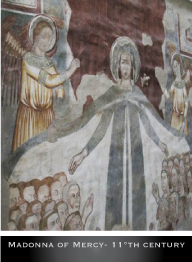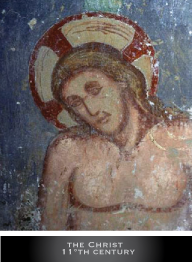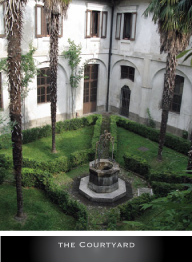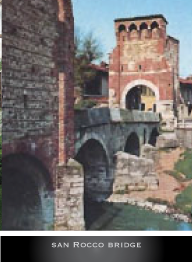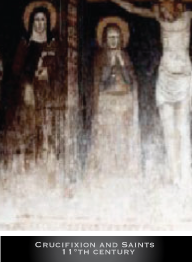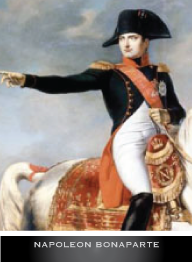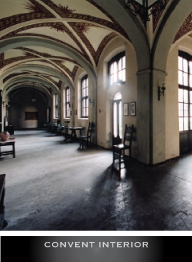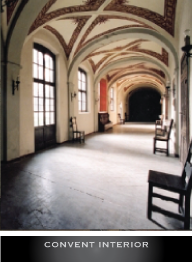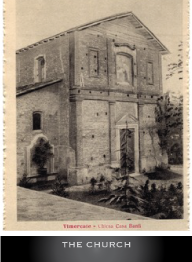
The Buildings
The Monastery is built around a cloister, rebuilt in the Sixteenth century and closed on the south side of the Church; other buildings are also connected to it for residential use, including an interesting rustic courtyard with an outer wall with an entrance towards the street dating back to the XII-XIIII century. The oldest surviving piece of the complex is a Romanic Portal leading into the courtyard of the Monastery. On the stone wall forming part of the outer wall there is a portal with a rounded arch which can be seen both from the inside and the outside of the courtyard. Outside the portal there was a niche with a fresco of the Blessed Virgin. In 1971 a bas- relief with Saint Francis was situated there and is still in place.
The church with a single nave and three altars built at the end of the XIII century underwent a first restoration halfway through the XV century. The building was then elongated at the end of the seventeenth century and covered with a new brick façade in the eighteenth century. The church was occupied by the soldiers of the Piedmont army during the Italian Risorgimento. After the Battle of Magenta (June 4, 1859), when the Franco-Piedmont army defeated the Austrians, some high officers and Victor Emanuel II camped out in Vimercate. The bell tower was partially rebuilt in 1907/1908 after the original tower was struck by lightning. On the walls of the staircase leading up to the bell tower there are some frescos, in poor condition but very interesting, dating to about 1340.
